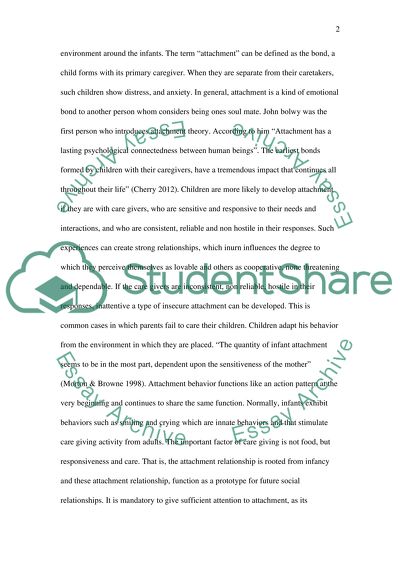Cite this document
(“Defining and Understanding the Problem of Neglectful Families Literature review”, n.d.)
Retrieved from https://studentshare.org/sociology/1441938-defining-and-understanding-the-problem-of
Retrieved from https://studentshare.org/sociology/1441938-defining-and-understanding-the-problem-of
(Defining and Understanding the Problem of Neglectful Families Literature Review)
https://studentshare.org/sociology/1441938-defining-and-understanding-the-problem-of.
https://studentshare.org/sociology/1441938-defining-and-understanding-the-problem-of.
“Defining and Understanding the Problem of Neglectful Families Literature Review”, n.d. https://studentshare.org/sociology/1441938-defining-and-understanding-the-problem-of.


